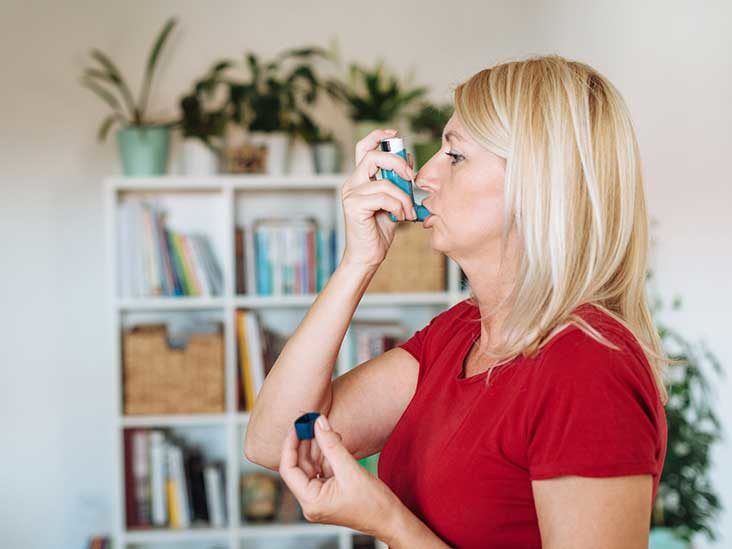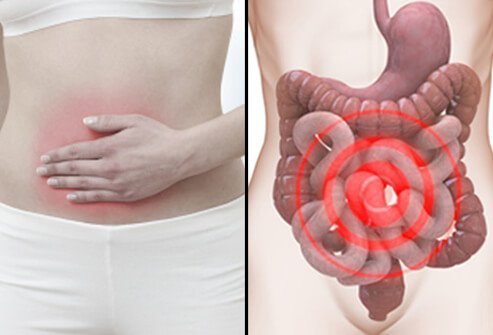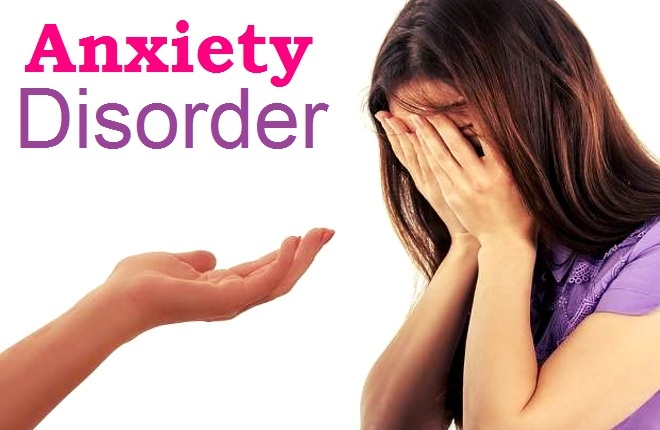Panic Attack: Symptoms, Causes, and Prevention
Author: Giselle Robel
Giselle Robel
Category: Health
A panic attack is an abrupt episode of severe anxiety, that illustrates physical sensations of fear. These can include a racing heartbeat, shortness of breath, dizziness, trembling, and muscle tension. Panic attacks occur frequently and unexpectedly and are often not related to any external threat. A panic attack can last from a few minutes to half an hour. However, the physical and emotional effects of the attack may last for a few hours.
Panic attacks are common. Up to 35% of the population experience a panic attack at some time in their lives. A panic attack can also be called an anxiety attack.
Without treatment, frequent and prolonged panic attacks can be severely disabling. The person may choose to avoid a wide range of situations (such as leaving their home or being alone) for fear of experiencing an attack.
Symptoms of Panic Attack
Panic attacks typically begin suddenly, without warning. They can strike at any time when you’re driving a car, at the mall, sound asleep, or in the middle of a business meeting. You may have occasional attacks, or they may occur frequently.
Panic attacks have many variations, but symptoms usually peak within minutes. You may feel fatigued and worn out after an attack subsides.
Panic attacks typically include some of these signs or symptoms:
- Sense of impending doom or danger
- Fear of loss of control or death
- Rapid, pounding heart rate
- Sweating
- Trembling or shaking
- Shortness of breath or tightness in your throat
- Chills
- Hot flashes
- Nausea
- Abdominal cramping
- Chest pain
- Headache
- Dizziness, lightheadedness, or faintness
- Numbness or tingling sensation
- Feeling of unreality or detachment
One of the worst things about panic attacks is the intense fear that you’ll have another one. You may fear having panic attacks so much that you avoid certain situations where they may occur.
Causes
It’s not known what causes panic attacks or panic disorder, but these factors may play a role:
- Genetics
- Major stress
- Temperament that is more sensitive to stress or prone to negative emotions
- Certain changes in the way parts of your brain function
Panic attacks may come on suddenly and without warning at first, but over time, they’re usually triggered by certain situations.
Some research suggests that your body’s natural fight-or-flight response to danger is involved in panic attacks. For example, if a grizzly bear came after you, your body would react instinctively. Your heart rate and breathing would speed up as your body prepared for a life-threatening situation. Many of the same reactions during a panic attack. But it’s unknown why a panic attack occurs when there’s no obvious danger present.
Prevention
There’s no sure way to prevent panic attacks or panic disorder. However, these recommendations may help.
- Get treatment for panic attacks as soon as possible to help stop them from getting worse or becoming more frequent.
- Stick with your treatment plan to help prevent relapses or worsening of panic attack symptoms.
- Get regular physical activity, which may play a role in protecting against anxiety.













